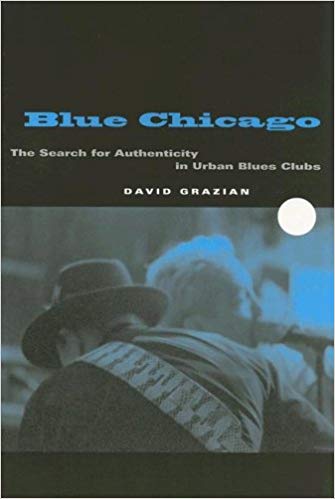
Dusty was born on March 11th, 1929 in Tralake, Mississippi and began playing harmonica at the age of thirteen. Hip has left us with a number of rare and obscure West Side blues 45s, some excellent blues albums and previously unissued material which is being made available here for the first time.įor good measure included here are four sides by Chicago harmonica player Dusty Brown who is supported by Hip and his band recorded for Bandera Records in 1959. The band held down a spot at the Silver Dollar Lounge sometimes supporting Howlin Wolf and Muddy Waters. He formed his own band the Chicago Twisters which included Tyrone Davis on vocals, his brother Jesse James Richard (aka Jug) on bass and Robert Campbell on drums, making his recording debut in 1959 backing Dusty Brown on Bandera Records with brother Jug on bass and Bob Richey on drums. He began playing with the likes of Dusty Brown, Willie Foster, Lester Davenport and Lee Jackson. He bought a Gibson L5 electric guitar and began scouring the blues joints of the south and west sides looking to sit in and find a gig. In 1956 he headed for Chicago and eventually landed a job as a paint sprayer. He and his friends hitchhiked to nearby Greenville and Indianola where he heard Elmore James, Sonny Boy Williamson (Rice Miller), Willie Love and Boyd Gilmore. He moved with his family to Louise, Mississippi at the age of nine to pick cotton and it was where he was exposed to the electric guitar. He picked up the name Hipstick as a child, and learned to play the guitar. Willie Lee Richard (Hip Lankchan later Hip Linkchain) was born on November 10th 1936 near Jackson, Mississippi. Which meant that West Side guitarists had to simulate the piano and horns. We had the rhythm, but we didnt have the fulfilments of it. The club owners would only give us $35 or $32 thats $10 for the sidemen, $12 or $15 for the leader. The sound was raw, strictly from the throat and stomach.

We played hard-core, bone-crushing blues.

So, what made the West Side blues sound so angry? Jimmy Dawkins, argued that: The West Side is bare, its down to the blood-line. Campbell, Jimmie Lee Robinson and Hip Lankchan. This new and angry music was blues, played by Buddy Guy, Otis Rush, Magic Sam, Jimmy Dawkins, Luther Allison, Mack Thompson, Johnny B. It was on the dilapidated and overcrowded West Side that a new and angry music was reared. In his book Chicago Breakdown published in 1973, Mike Rowe describes how Chicagos West Side expanded through population growth in the 1950s, creating more Afro-American neighbourhoods.


 0 kommentar(er)
0 kommentar(er)
